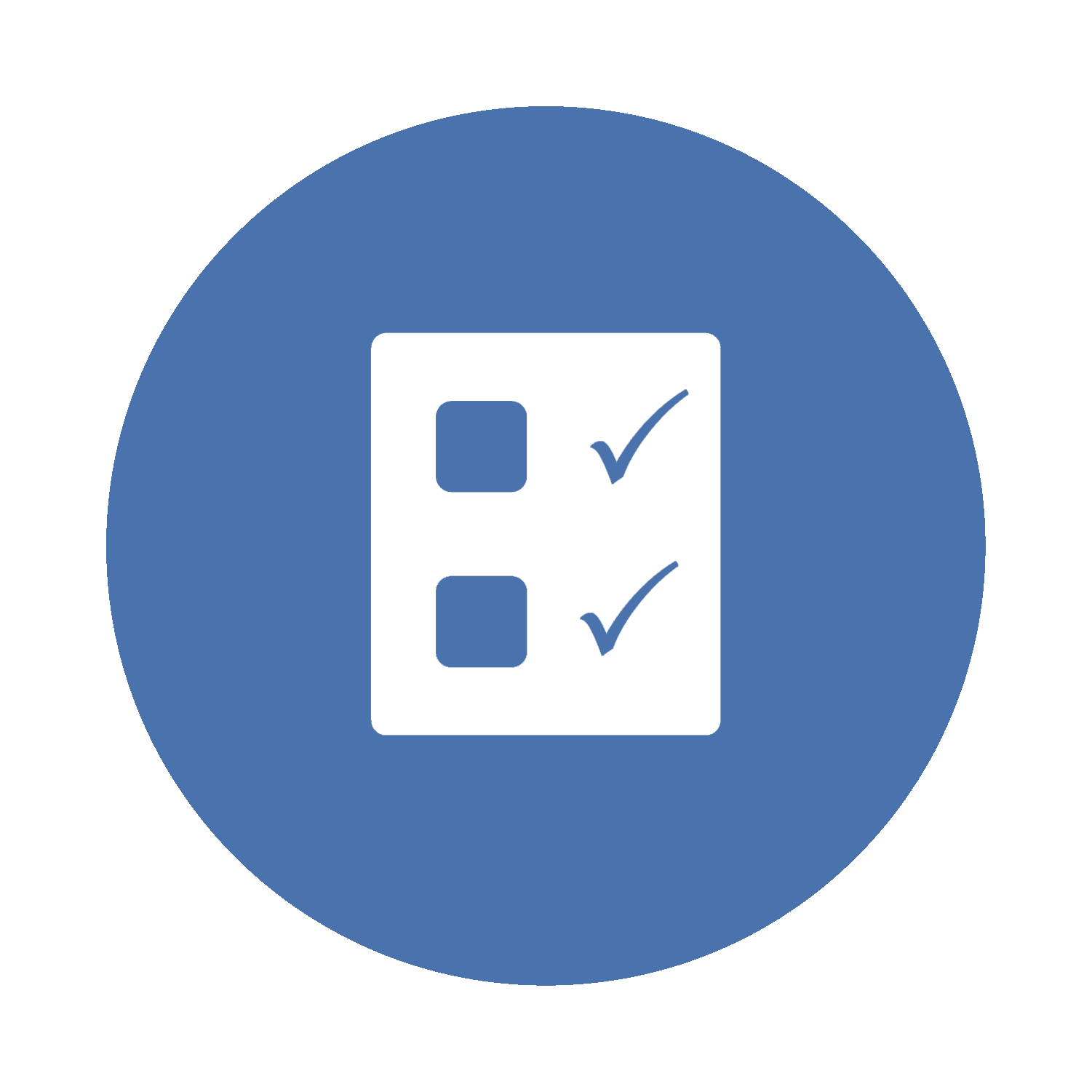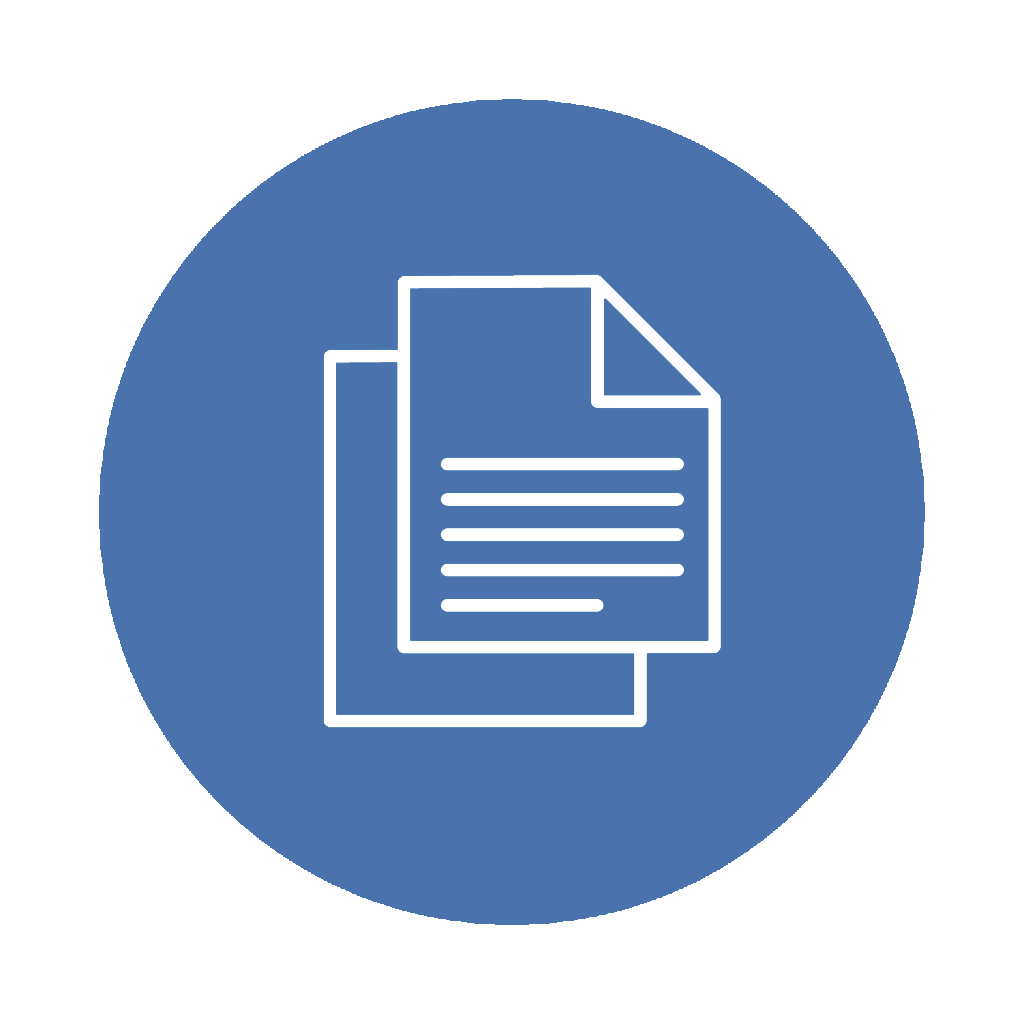04. Enterprise IS Governance, Risk Management, and Controls
04.04. Internal Controls Environment

 Briefly reflect on the following before we begin:
Briefly reflect on the following before we begin:
- What are the critical components of an internal controls system in Information Technology (IT)?
- What challenges do emerging technologies pose to the internal control environment?
- In what ways do control activities help in mitigating IT-related risks?
This section focuses on the backbone of effective IT governance: the internal controls environment. They are essential for safeguarding assets, ensuring data integrity, and facilitating operational efficiency. We will begin with an overview of the components and elements of an internal control system. We will dissect these components and comprehend their functions and interconnections.
We then delve into the heart of internal controls: control activities. These activities are the practical steps or processes designed and implemented by management to mitigate risks and achieve organizational objectives reasonably. They form the action layer of the internal control environment. Another critical aspect we will explore is the influence of organizational culture and behaviour on internal controls. The effectiveness of any control system heavily depends on the people who operate within it. We will look at the human element in internal controls, highlighting the importance of a control-conscious environment and consider how attitudes, awareness, and behaviours shape the success or failure of control mechanisms.
Lastly, we will delve into how new technologies like cloud computing, AI, and blockchain are reshaping the landscape of internal controls. We explore the challenges and opportunities these technologies present, providing insights into how organizations can update and maintain effective control systems in the face of technological advancements.
Components and Elements of an Internal Control System
Internal control systems, particularly information systems, are fundamental in managing an organization’s operations. They consist of processes to ensure operations’ effectiveness, efficiency, and alignment with strategic objectives. An effective internal control system’s five core components and elements form a comprehensive framework that safeguards assets, ensures accurate and reliable financial reporting, and fosters compliance with laws and regulations.
See the discussion around the “Components of COSO Framework” under Section 04.01, describing the core components of an effective internal control system.
An effective internal control system is not static. It evolves with the organization, responding to changes in the external environment, business models, and technology. Regular reviews and updates to the control system are essential in maintaining its relevance and effectiveness.
Let’s dive deeper into the nature and role of control activities in effectively mitigating relevant IT risks.
Control Activities and Their Impact on Risk Mitigation
Control activities are essential elements within an internal control system designed to mitigate risks and ensure the achievement of an organization’s objectives. These activities encompass a range of policies and procedures that help prevent, detect, and correct discrepancies in operations, particularly in information systems. Their impact on risk mitigation is significant, offering a structured approach to managing potential threats and vulnerabilities.
Controls can be preventive or detective in nature.
Preventive Controls
Preventive controls aim to deter the occurrence of undesired events. These include authorization of transactions, segregation of duties, and access controls in IT systems. Preventive controls reduce the likelihood of errors or fraud by establishing such barriers. For example, access controls in information systems prevent unauthorized entry, safeguarding sensitive data from potential breaches.
Detective Controls
Detective controls, however, are designed to identify and correct errors or irregularities after they have occurred. They include activities like reconciliations, reviews of performance, and audits. In information systems, regular system audits and network monitoring are detective controls that identify security breaches or system failures. These controls help correct and recover from adverse events by catching issues post-occurrence, thus mitigating risks.
Implementing control activities involves embedding them into the organization’s processes and culture. It requires clear communication of policies and procedures, adequate training of employees, and a supportive control environment. When employees understand the significance of control activities and their roles in executing them, compliance is enhanced, and the effectiveness of these controls in mitigating risks is maximized. Another critical aspect of control activities is their adaptability. As organizations evolve and new risks emerge, control activities must be reassessed and modified accordingly. Control activities must keep pace with technological advancements and emerging threats and must be reviewed (audited) regularly to ensure they remain relevant and practical. Moreover, the integration of control activities across the organization amplifies their impact. When controls are coordinated and interrelated, they provide a comprehensive defence against risks. For example, integrating access controls with network monitoring and incident response procedures in information systems creates a robust security framework.
The effectiveness of control activities is mainly dependent on their design and implementation. Well-designed controls are tailored to address specific risks identified in the risk assessment process. They are practical, cost-effective, and aligned with the organization’s operations. For instance, in an IT environment, controls are designed considering the specific technological landscape, user behaviours, and potential cyber threats. The impact of control activities on risk mitigation is also evident in how they contribute to operational efficiency and reliability. By ensuring that processes function as intended and reducing errors and irregularities, control activities enhance the overall efficiency of operations. In information systems, this translates to more reliable, secure, and efficient IT processes, supporting the organization’s strategic objectives.
Internal Control Assessments and Assurance
Internal control assessments and assurance involve evaluating the effectiveness of controls and providing confidence that these controls are functioning as intended. These assessments ensure that an organization’s operations, including its information systems, are managed reliably and efficiently.
The internal control assessment process begins with thoroughly examining existing controls by looking at how controls are designed and whether they are correctly implemented. This involves reviewing policies, procedures, and actual practices to identify any weaknesses or gaps in the control system that could lead to risks. Once the assessment is complete, the findings need to be analyzed to understand better the implications of any weaknesses found. It determines the potential impact on the organization’s operations and objectives. For example, a gap in data security controls could expose the organization to data breaches, leading to financial loss and reputational damage.
Assurance is the next critical step in this process. It involves convincing management and other stakeholders that the internal controls are adequate. Assurance can come from various sources, such as internal audits, external audits, or reviews by regulatory bodies. In an information systems context, assurance might include certification by an external security standards body, indicating compliance with industry best practices.
Internal Audits
An organization’s audit staff conducts internal audits. They provide an independent and objective evaluation of the internal controls. Internal auditors review the control environment, assess control activities, and test the effectiveness of these controls. Their reports offer valuable insights into how well the internal control system functions and where improvements are needed.
External Audits
External audits provide another layer of assurance as they are typically conducted by independent auditors who bring an external perspective. External audits can validate the findings of internal audits and ensure compliance with legal and regulatory requirements, which is particularly important in areas like financial reporting and data protection in IT systems.
Continuous improvement is a crucial aspect of internal control assessments and assurance. The findings from these processes should lead to action. This action might involve updating policies, enhancing control procedures, or implementing new controls. For example, if an assessment reveals that an IT system is vulnerable to new cyber threats, the organization might need to update its cybersecurity controls. Effective communication is also essential in this process. The results of assessments and audits should be communicated clearly to relevant stakeholders. This communication includes the findings, implications, and recommended actions. Clear communication ensures that everyone understands the importance of internal controls and their role in maintaining them.
 In the Spotlight
In the Spotlight
For additional context on the relevance of an adequate control environment, please read the article titled “Rethinking the Effectiveness of Controls in the Digital Age” [opens a new tab].
Cano, J. (2022). Rethinking the effectiveness of controls in the digital age. ISACA Journal, 4. https://www.isaca.org/resources/isaca-journal/issues/2022/volume-4/rethinking-the-effectiveness-of-controls-in-the-digital-age
 Key Takeaways
Key Takeaways
Let’s recap the key concepts discussed in this section by watching this video.
Source: Mehta, A.M. (2023, December 6). AIS OER ch 04 topic 04 key takeaways [Video]. https://youtu.be/lXflMjhgnIw
 Knowledge Check
Knowledge Check
 Review Questions
Review Questions
- Explain how control activities impact risk mitigation in an organization.
- Why are internal control assessments and assurance necessary in an organization?
 Mini Case Study
Mini Case Study
Imagine you are an internal auditor for a large corporation that has recently implemented a new enterprise resource planning (ERP) system. You have been tasked with evaluating the effectiveness of the internal control environment surrounding this new system.
Required: Describe the steps you would take to assess each component of the internal control system, focusing on control activities and their impact on risk mitigation and how you would ensure the controls are adequate.

